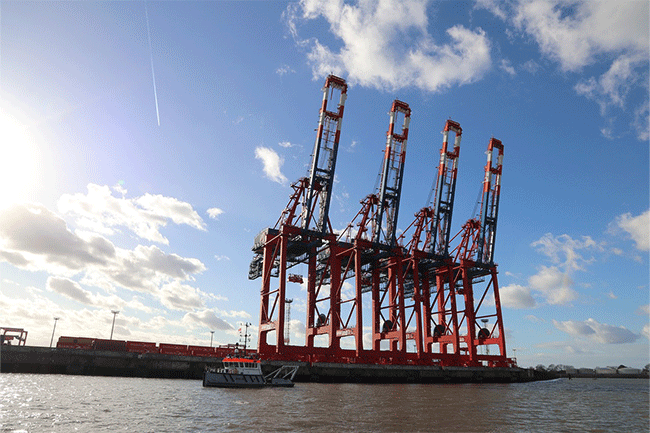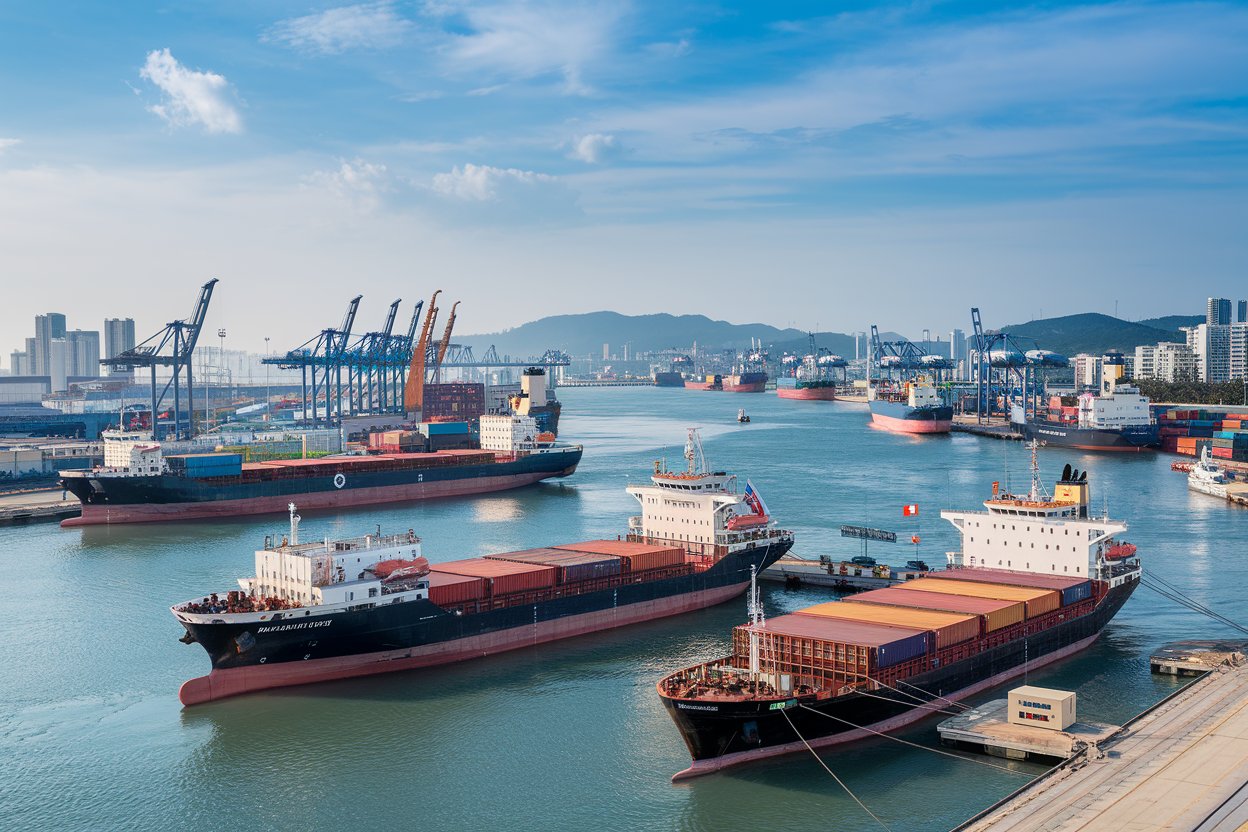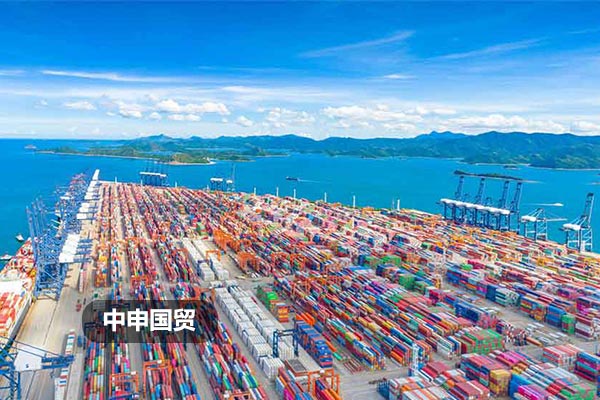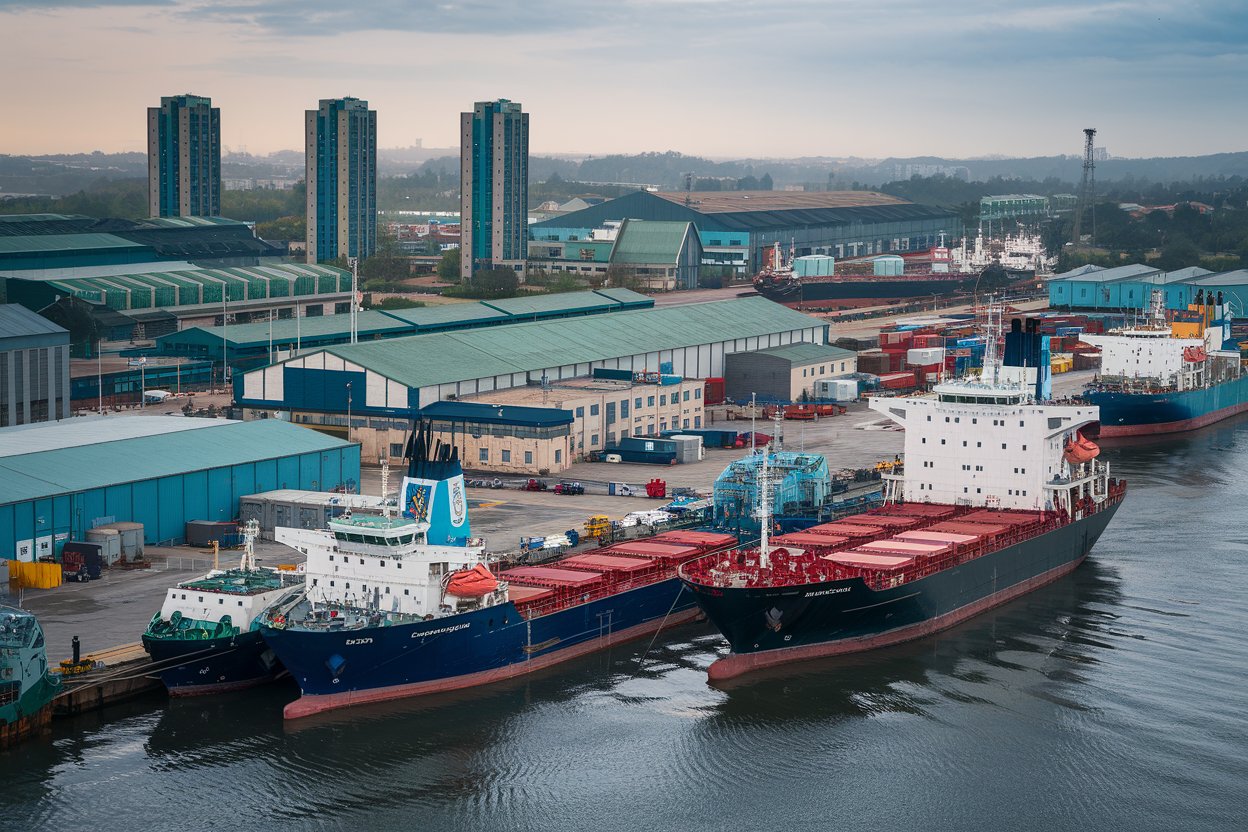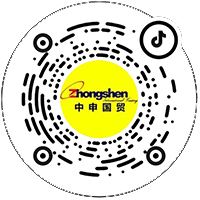- 20 Years of Expertise in Import & Export Solutions
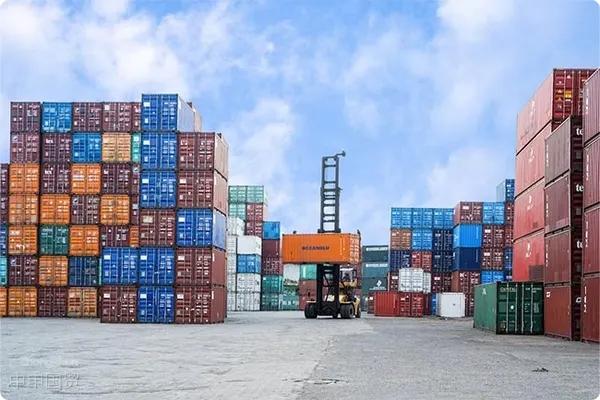
Introduction
With the increasing frequency of global art and cultural exchange, importing art such as murals from Japan can not only enrich the domestic art market but also bring new business opportunities for practitioners in related fields. However, importing Japanese murals is not easy, involving complex international trade processes, document handling, logistics arrangements, and product certification, among other matters.?Zhong Shen?As a professional?Foreign trade?As an agency company, we have extensive experience in this field and can provide importers with comprehensive and professional services.
Challenges and Opportunities for Importing Japanese Murals under the International Trade Situation
The current international trade situation is complex and ever-changing. The rise of trade protectionism, frequent tariff adjustments, and fluctuations in the global supply chain caused by the pandemic have all brought many challenges to the business of importing Japanese murals. For example, some countries may raise tariff barriers on imported murals to protect their domestic art industries, thereby increasing import costs. At the same time, the pandemic has led to port congestion and logistics delays, affecting cargo delivery times.
But opportunities also exist. With the improvement of people's living standards, the demand for artistic decorations is constantly growing. Japanese murals are deeply loved by domestic consumers for their unique artistic style, and the market potential is huge. Moreover, the development of digital trade has also provided new avenues for import business, with online transactions and electronic documents improving trade efficiency.
The professional competence in document handling of ZhongShen International Trade.
- Types and Requirements of Documents
Importing murals from Japan first requires handling a series of documents. A commercial invoice is essential, as it details the description, quantity, value, and other information of the goods and is an important basis for customs taxation. The bill of lading is the proof of ownership of the goods, ensuring that the goods can be accurately delivered to the consignee. The packing list needs to specify the packaging details of the goods, such as the number of boxes, dimensions, and weight. In addition, it may also involve?Certificate of Origin?a certificate, which can be used to enjoy tariff preferences if it complies with relevant trade agreements. - Document Handling Skills and Suggestions
Our company's professional team has extensive experience in document handling. We will ensure that the document information is accurate and error-free to avoid customs inspections or delays caused by information discrepancies. For example, the description of goods on the invoice must be completely consistent with the actual goods, and the consignee information on the bill of lading must be clear and specific. At the same time, we will learn in advance the document requirements of the Japanese exporter and the domestic import customs, and prepare and submit them in a timely manner to ensure the smooth customs clearance of the goods. For some special documents, such as the application for a certificate of origin, we can also guide customers in preparing the relevant materials to increase the success rate of the application.
Professional logistics arrangement services
- Selection of transportation methods
When importing murals from Japan, you can choose between?Ocean shipping?or?Air freight?. Sea freight has lower costs and is suitable for large-volume cargo transportation, but the transit time is longer. Air freight is fast and can meet the needs of goods with higher time requirements, but the cost is relatively high. Our company will recommend the most suitable transportation method for customers based on their needs and the characteristics of the goods. If the customer is more sensitive to cost and the delivery time is not urgent, sea freight is a good choice; if the customer is eager to put the murals on the market, air freight is more appropriate. - Logistics Route Planning and Coordination
We will meticulously plan the logistics route, considering factors such as port congestion and transit times, to ensure that the goods can be transported safely and quickly. During sea transportation, we will choose reliable shipping companies, track the cargo's transportation status, and promptly handle any potential issues, such as shipping schedule delays. For air freight, we maintain good cooperative relationships with major airlines to strive for more favorable freight rates and more stable cargo space. At the same time, after the goods arrive at the destination port, we will coordinate customs clearance, pickup, and delivery to achieve door-to-door service, saving customers worry and effort.
Russian market and VTB?Foreign exchange settlement?Advantages
- Overview of Foreign Exchange Settlement Process
Settlement of exchange is an important part of international trade, referring to the act of an owner of foreign exchange income selling it to a designated foreign exchange bank, which then pays the equivalent in local currency at a certain exchange rate. After importing Japanese murals, if it involves reselling the goods to the Russian market, the settlement of exchange becomes particularly important. - VTB Settlement Advantages
Our company offers the convenience of VTB settlement for the Russian market. VTB Bank is an important financial institution in Russia and has a long-term and stable partnership with our company. Settling through VTB can simplify the settlement process and increase the speed of fund arrival. For example, traditional settlement may require turnover and review among multiple banks, which takes a long time. Through the VTB channel, operations can be conducted directly within its system, reducing intermediate links. Generally, settlement can be completed in a shorter period, allowing funds to flow back to the importer more quickly, improving capital utilization efficiency, and reducing risks brought by exchange rate fluctuations.
Southeast Asian market?Import/export?Process and Solution
- Import Process
To import murals from Japan into the Southeast Asian market, the importer first needs to sign a trade contract with the Japanese supplier, clarifying terms such as the specifications, price, and delivery time of the goods. After that, our company will assist the importer in applying for an import license (some Southeast Asian countries have licensing requirements for the import of specific artworks). After the goods are transported to the port, they undergo customs declaration and inspection. Accurate documents must be submitted for customs declaration, and customs will inspect the goods and levy taxes. The inspection and quarantine department will inspect the murals to ensure they meet relevant quality and hygiene standards. Only after completing these procedures can the goods be released into the Southeast Asian market. - Solution
In response to the different regulatory requirements of various countries in the Southeast Asian market, our company will provide customized solutions. For example, in some countries with strict reviews for the import of cultural and artistic products, we will communicate with the local cultural departments in advance to understand the review standards and assist importers in preparing relevant materials to ensure that the goods can pass the review smoothly. At the same time, in terms of logistics and distribution, we have cooperative logistics partners in major Southeast Asian countries who can provide efficient inland transportation and warehousing services to ensure that the goods are delivered safely to the customer.
Product Certification Service Assistance
- Types of Certification
Importing Japanese murals may involve various certifications. Domestically, an art import permit certification from the cultural department may be required to ensure that the imported murals comply with domestic cultural market management regulations. For exports to other countries, different countries have different requirements, such as the CE certification in EU countries, which proves that the product meets relevant safety, health, and environmental standards. - Assist in handling
Although our company does not directly provide certification services, we will inform clients of the required certification types and assist them in preparing the relevant materials. We will guide clients in collecting necessary documents, such as product manuals and test reports, based on the regulatory requirements of the target market. We will also provide information on certification bodies to help clients choose reliable ones, ensuring a smooth certification process.
In summary, although importing Japanese murals faces challenges in the current international trade environment, it is also full of opportunities. With its professional document handling, logistics arrangement capabilities, as well as its VTB settlement advantages in the Russian market and deep understanding of the Southeast Asian market, our company can provide importers with comprehensive, high-quality foreign trade agency services to help their import business develop smoothly.
Core business
Contact Us
Email: service@sh-zhongshen.com
Recommended for You
Contact via WeChat

? 2025. All Rights Reserved.
